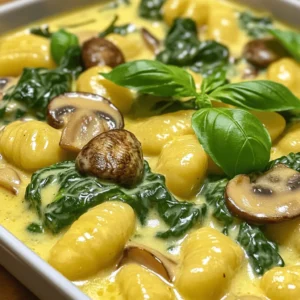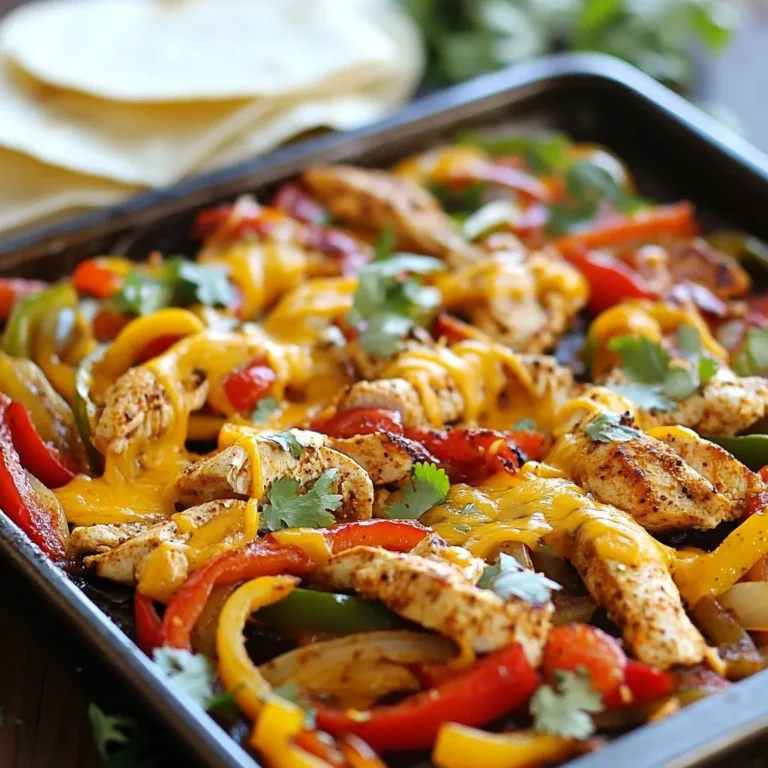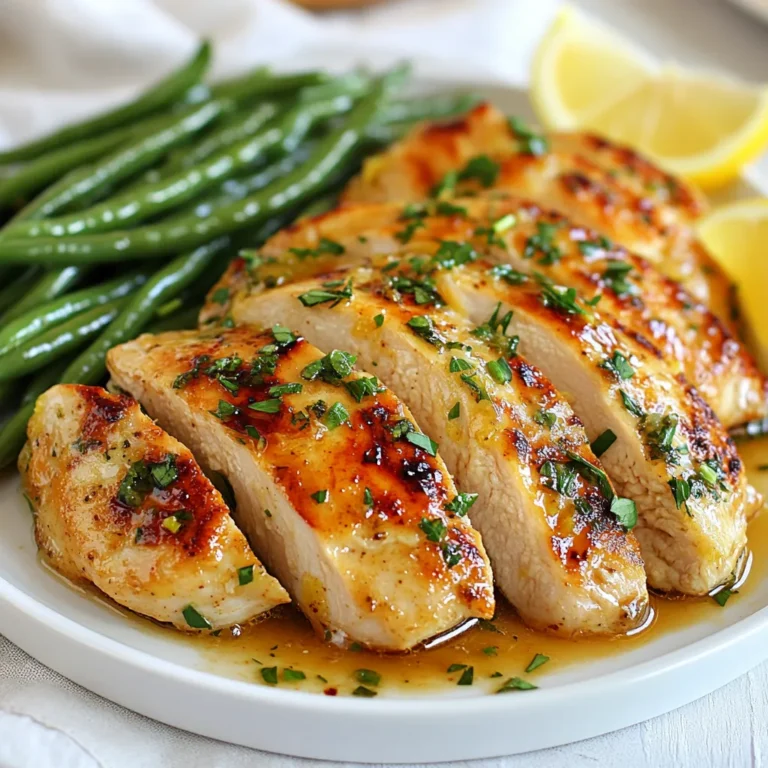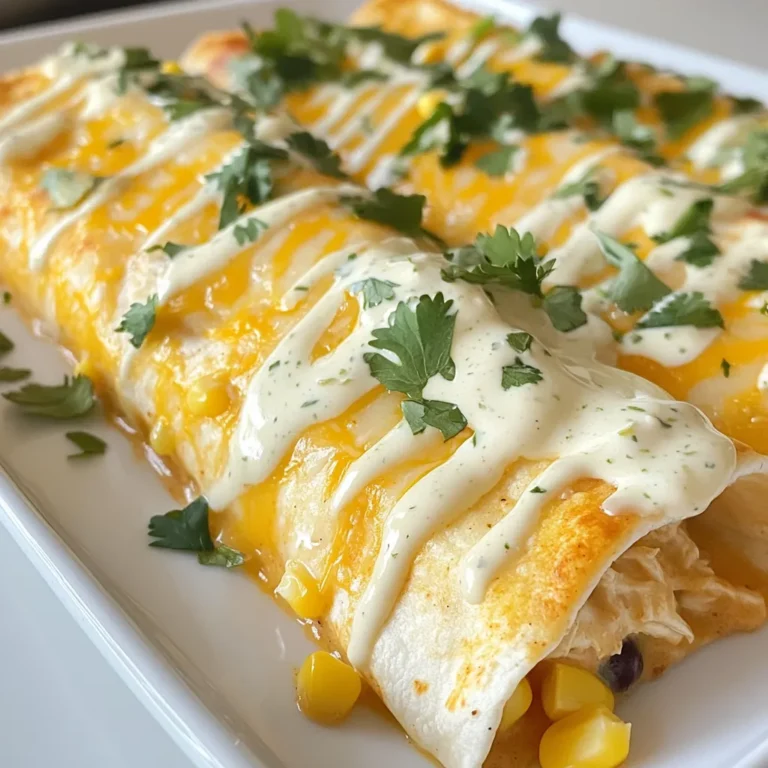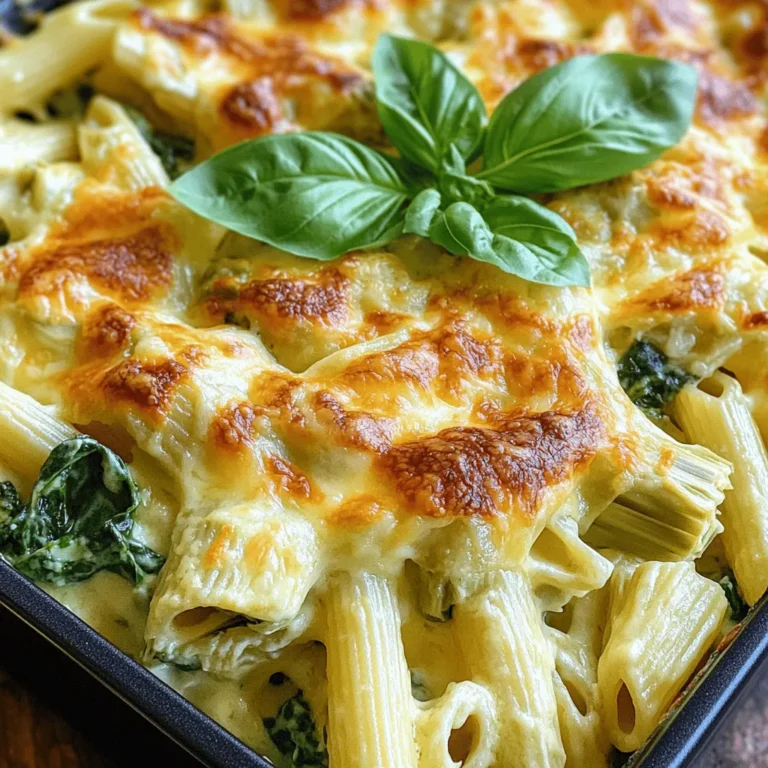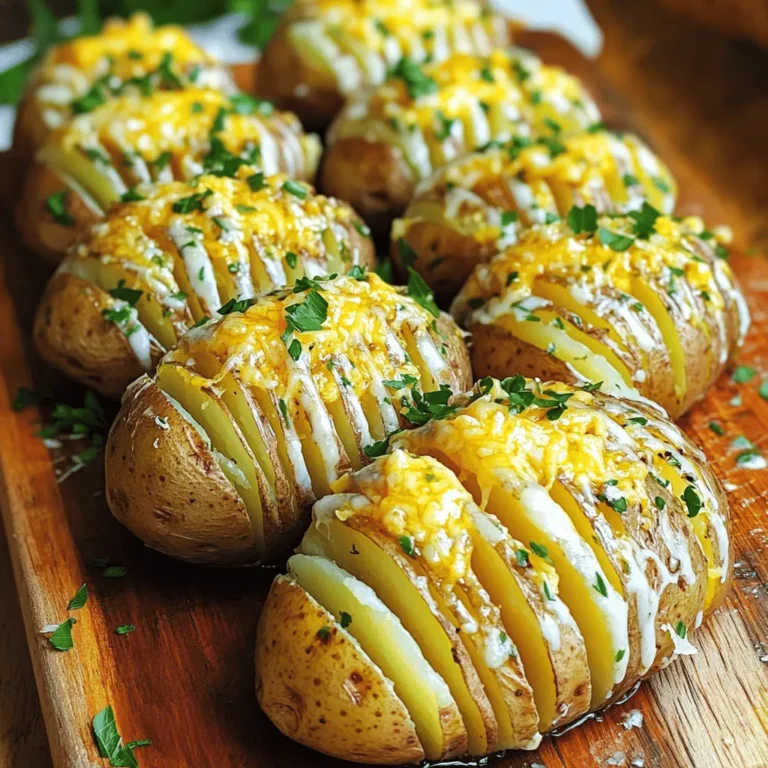Spinach Mushroom Gnocchi Creamy and Savory Delight
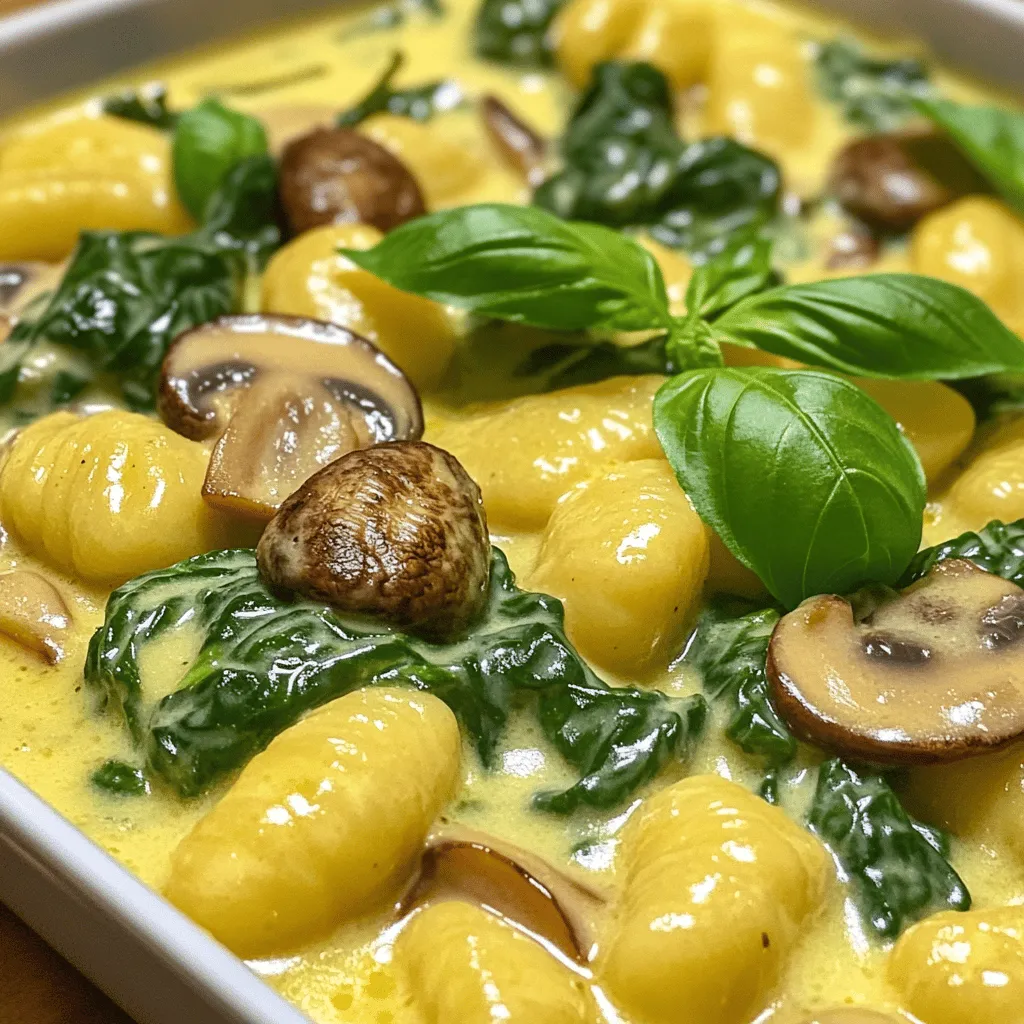
Are you ready to indulge in a creamy and savory delight? This Spinach Mushroom Gnocchi recipe combines the rich flavors of sautéed mushrooms and fresh spinach with soft potato gnocchi. In just a few easy steps, you’ll create a cozy dish that warms your soul. Whether for a weeknight meal or a special occasion, this recipe will impress everyone at your table. Let’s dive into the deliciousness!
Ingredients
Main Ingredients
– 1 lb potato gnocchi (store-bought or homemade)
– 2 cups fresh spinach, roughly chopped
– 1 cup mushrooms, sliced (cremini or button variety)
Additional Ingredients
– 2 cloves garlic, finely minced
– 1/2 cup heavy cream
– 1/4 cup freshly grated Parmesan cheese
Seasoning and Garnish
– 2 tablespoons extra virgin olive oil
– Salt and freshly ground black pepper to taste
– 1/4 teaspoon freshly grated nutmeg (optional)
– Fresh basil leaves for garnish
In this recipe, I use potato gnocchi which has a soft, pillowy texture. You can use store-bought or make your own. Fresh spinach adds a bright green color and a mild taste. I prefer cremini mushrooms for their rich flavor, but button mushrooms work well too.
Garlic adds depth to the dish. Heavy cream creates a rich sauce that coats the gnocchi. Parmesan cheese brings a savory kick. The extra virgin olive oil adds richness and helps cook the garlic and mushrooms.
Seasoning is key. Salt and pepper enhance all the flavors. Nutmeg adds a hint of warmth, but it’s optional. Fresh basil leaves give a fresh finish. This combination makes a creamy and savory delight that is sure to please your taste buds!
Step-by-Step Instructions
Cooking the Gnocchi
First, I bring a large pot of salted water to a boil. I use about 6 cups of water for this. Once the water is bubbling, I gently add 1 pound of potato gnocchi. I watch closely as they cook. In about 2 to 3 minutes, they float to the top. This is how I know they are done. I carefully use a slotted spoon to remove them and set them aside in a bowl.
Sautéing the Vegetables
Next, I heat 2 tablespoons of olive oil in a large skillet over medium heat. I add 2 cloves of finely minced garlic and sauté for about 30 seconds. I stir often to keep it from burning. Then, I add 1 cup of sliced mushrooms. I let them cook for about 5 to 7 minutes until they turn tender and golden brown. After that, I add 2 cups of roughly chopped spinach. I keep stirring until the spinach wilts down.
Preparing the Cream Sauce
Now it’s time for the sauce. I slowly pour in 1/2 cup of heavy cream while stirring. I let this mixture simmer gently for a couple of minutes. As I stir, I watch for it to thicken slightly. I want it to coat the vegetables nicely.
Combining the Gnocchi and Sauce
Once the cream sauce is ready, I add the reserved gnocchi to the skillet. I gently toss everything together. My goal is to ensure each gnocchi is well coated in the creamy sauce and warmed through.
Final Touches
For the final touches, I fold in 1/4 cup of freshly grated Parmesan cheese. I make sure it melts into the sauce. Then, I season with salt, pepper, and 1/4 teaspoon of nutmeg if I want that extra flavor. I mix it all until the flavors meld beautifully. For serving, I transfer the vibrant gnocchi dish to plates. I garnish with fresh basil leaves for a lovely aroma and a pop of color.
Tips & Tricks
Perfecting Your Gnocchi
– Selecting the best potato gnocchi: Look for gnocchi that feels firm but soft. Fresh gnocchi has a light texture. If you use store-bought, check the package for quality. Homemade gnocchi can be fun and rewarding.
– Adjusting cooking times for homemade gnocchi: Homemade gnocchi cooks faster than store-bought. Boil them for about 2 minutes. They are done when they float to the top of the water.
Customizing the Recipe
– Vegetable substitutions: You can swap spinach with kale or Swiss chard. For mushrooms, try using zucchini or bell peppers. This keeps the dish fresh and exciting.
– Adding proteins like chicken or shrimp: To make it heartier, add cooked chicken or shrimp. Toss them in with the gnocchi and sauce. This adds texture and flavor that many will enjoy.
Enhancing Flavor
– Tips on using fresh herbs or spices: Fresh basil or parsley can lift the dish. Add them just before serving for a burst of flavor. Experiment with spices like thyme or oregano for a twist. A pinch of red pepper flakes can add heat too.
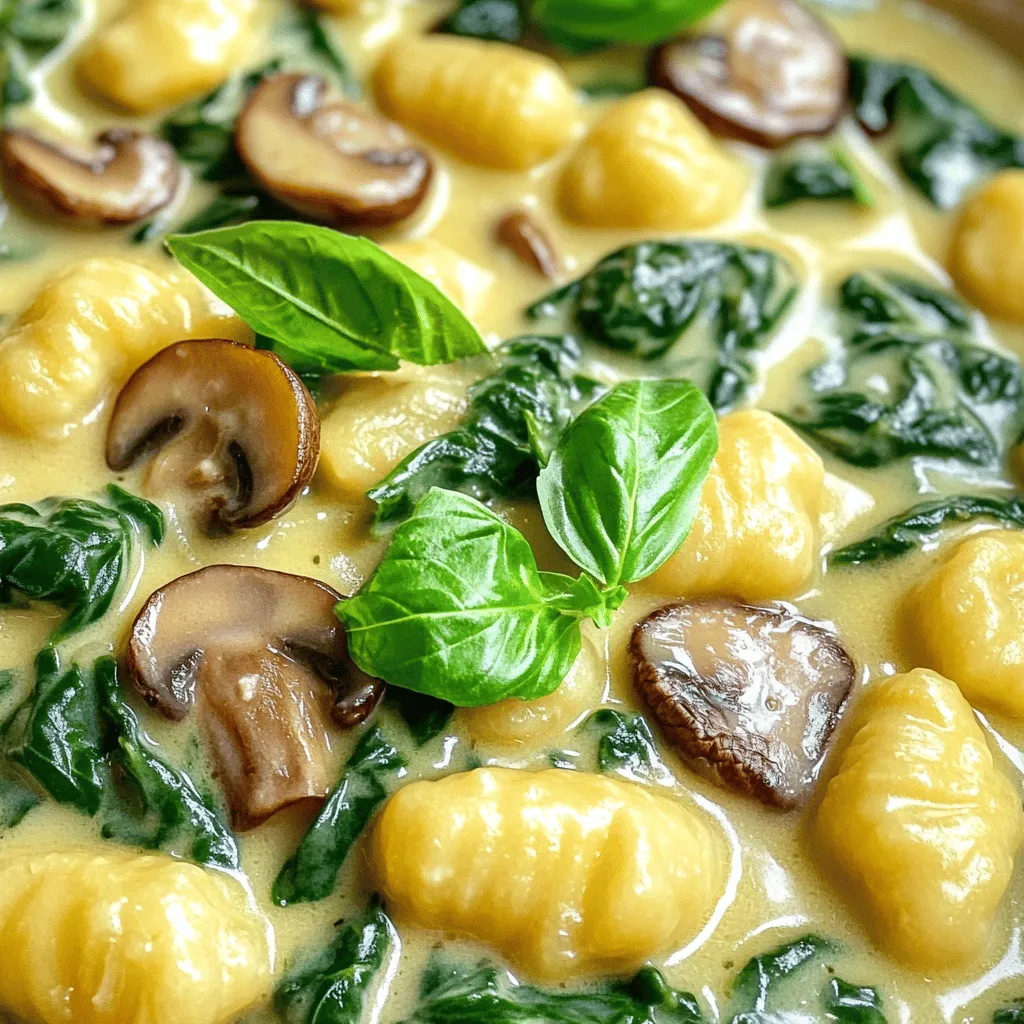
Variations
Vegan Spinach Mushroom Gnocchi
To make this dish vegan, you can swap the heavy cream for a plant-based alternative. Coconut cream or cashew cream works well. They add a rich texture without dairy. For cheese, use nutritional yeast or a store-bought vegan cheese. These give a cheesy flavor without using animal products.
When it comes to plant-based ingredients, you can add more veggies. Try sun-dried tomatoes for a tangy kick or bell peppers for crunch. They will enhance the taste and add color to the plate.
Different Sauces
You can explore different sauces for your gnocchi. A classic tomato sauce adds a bright, fresh flavor. It pairs well with the earthy taste of mushrooms. For a cream sauce, you can use the original recipe or try a vegan version.
Pesto is also a fantastic choice. You can make it from basil, spinach, or even arugula. Mixing in nuts like pine nuts or walnuts adds a delightful crunch. Each sauce brings its own unique twist to the dish.
Gluten-Free Options
If you need a gluten-free option, look for gluten-free gnocchi. Many brands offer this now, and it tastes great too. You can also use cauliflower gnocchi, which is lower in carbs and very tasty.
Additionally, check the other ingredients. Ensure that your cream and cheese alternatives are gluten-free as well. With these tweaks, you can enjoy a delicious meal without gluten.
Storage Info
Storing Leftovers
To keep your spinach mushroom gnocchi fresh, place it in the fridge. Use an airtight container to prevent drying. Cool the dish to room temperature first. This keeps the texture nice. You can store leftovers for up to three days.
Reheating Tips
When reheating, you have two options: microwave or stovetop. The microwave is quick but may make gnocchi soft. For stovetop, heat a skillet on low. Add a splash of cream or broth. Stir gently until warmed. This method keeps the texture and flavor better.
Freezing Instructions
To freeze your gnocchi, let it cool completely first. Then, place it in a freezer-safe bag. Remove any excess air to avoid freezer burn. It can last for up to three months. When ready to eat, thaw overnight in the fridge. Cook it in boiling water for a few minutes to heat through. Enjoy a quick meal with great flavor!
FAQs
Can I use frozen gnocchi for this recipe?
Yes, you can use frozen gnocchi. Frozen gnocchi cooks just as well as fresh. Just follow the package instructions for cooking time. I recommend adding them directly to boiling water. This saves you time and effort.
How do I know when the gnocchi is cooked?
Watch for gnocchi to float. This means they are ready. It usually takes about 2-3 minutes. If they stay at the bottom, give them more time. You want them soft but not mushy.
What to serve with spinach mushroom gnocchi?
Pair your gnocchi with a light salad. A simple arugula salad with lemon dressing works great. You might also enjoy garlic bread on the side. For a heartier meal, serve with grilled chicken or shrimp.
Can I make this dish in advance?
Yes, you can prepare this dish ahead of time. Cook the gnocchi and sauce separately. Store in airtight containers in the fridge. When you’re ready to eat, reheat gently on the stove. Add a splash of cream if needed.
This blog showed you how to make spinach mushroom gnocchi. We covered key ingredients like potato gnocchi, spinach, and mushrooms. You learned to cook, sauté, and combine flavors into a creamy sauce. Tips for customizing the recipe help you make it your own. We also discussed storing and reheating leftovers for next time.
Try this dish for a tasty meal that everyone will enjoy!
